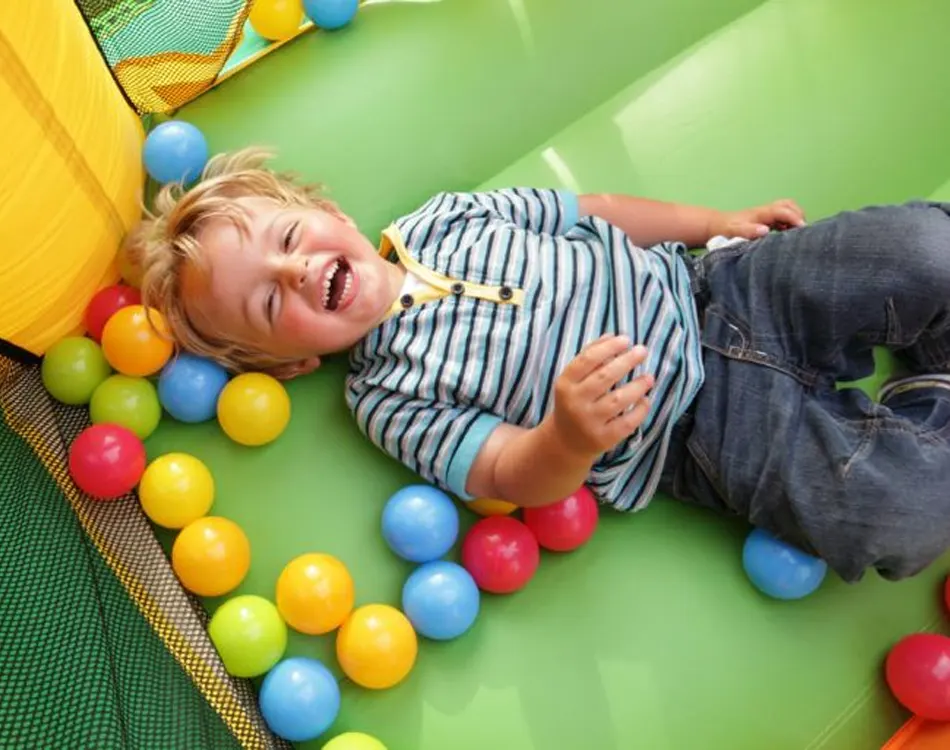
Soft Play Equipment for Preschools and Daycares
Our Soft Play solutions are designed to create safe, engaging, and educational environments for young learners. Combining durable materials with thoughtful design, our soft play products foster physical and cognitive development while encouraging active play. Perfect for preschools, daycare centers, and indoor play areas, our range includes colorful play mats, custom climbing structures, and interactive elements that promote coordination, balance, and social interaction. Each piece is customizable to fit the unique needs of your space, ensuring a fun and secure learning environment for children of all ages.
Our Diverse Range of Soft Play Equipment
Our product range includes everything from vibrant play mats to custom climbing structures, each designed with both fun and functionality in mind. Choose from various soft, colorful, and durable play items, including climbing structures, slides, tunnels, and more. Browse our collection to find the perfect Soft Play equipment to create a dynamic and secure play area for children of all ages.
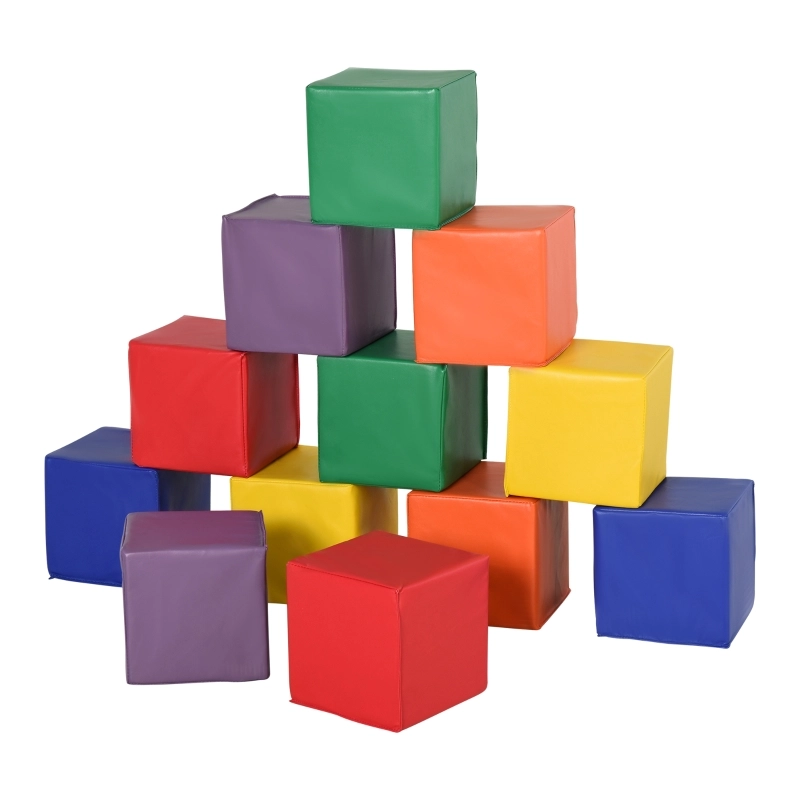
12 Piece Soft Play Blocks
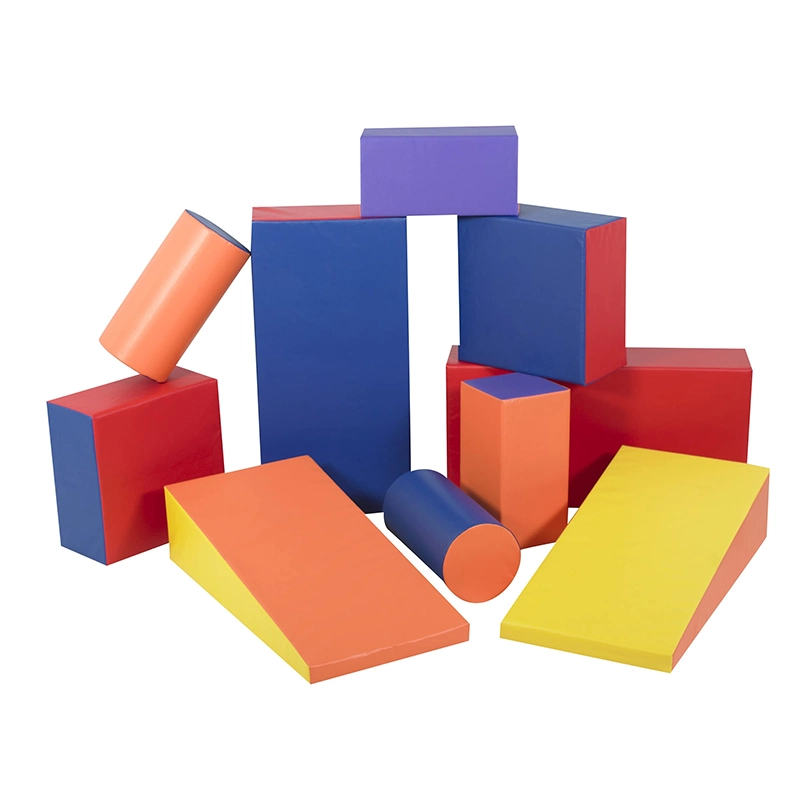
Factory Soft Shapes Set

Quarter Restful Corner
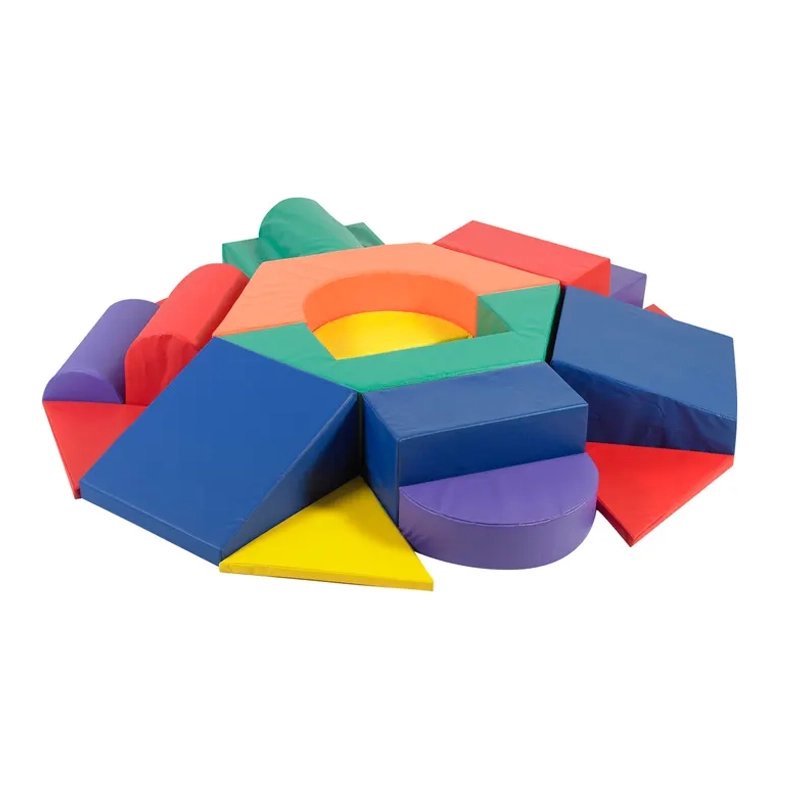
Baby Nuts and Bolts Climber

6-Piece Soft Play Blocks
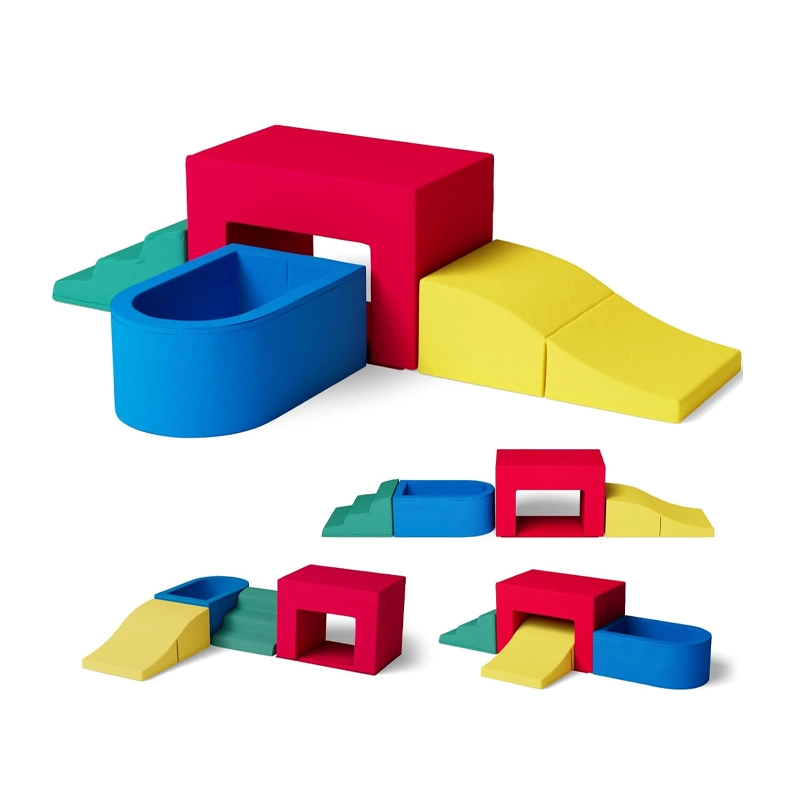
4 Piece Soft Play Climbing Set

Baby Foam Climbing Blocks
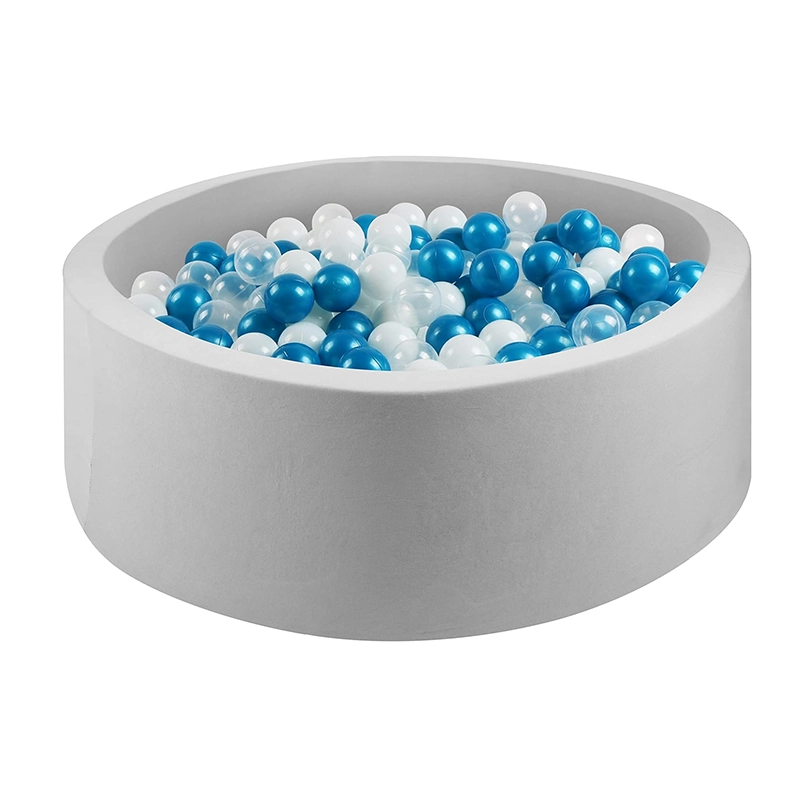
Soft Foam Ball Pit

Tree Tunnel and Climber

Soft Play Equipment Foam Rainbow
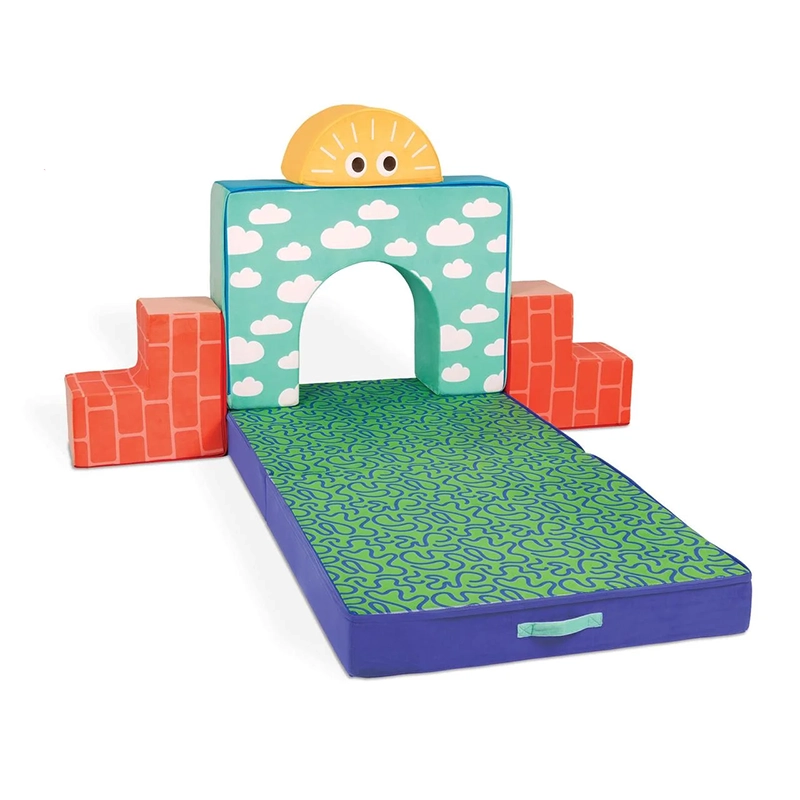
Cloud Castle Building Set
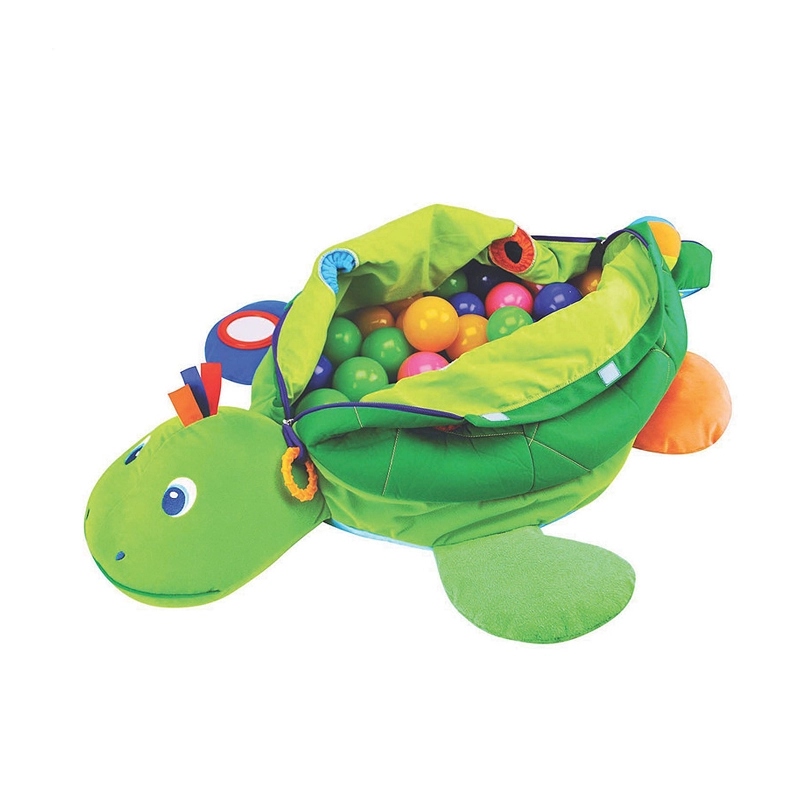
Turtle Ball Pit
manufacturer and supplier of customized preschool furniture
With over 20 years of experience in the preschool furniture industry, Winning Kidz is a trusted name in creating innovative, high-quality play solutions for early childhood development. Our commitment to craftsmanship and safety ensures that every product is designed to enhance learning environments while providing a secure and engaging space for children to grow and play.
Our Soft Play products are crafted with durable, child-friendly materials and designed to withstand the demands of high-traffic play areas. From brightly colored play mats to creative climbing structures, our Soft Play equipment promotes physical activity, coordination, and social interaction. With Winning Kidz, you can trust that every piece is built to provide lasting enjoyment and developmental benefits in a safe, secure environment.
From using eco-friendly materials to optimizing production methods, we strive to minimize our environmental footprint. By incorporating sustainability into every aspect of our process, we aim to create products that not only support the growth and development of children but also contribute positively to the planet’s future.

What Is Soft Play?
Soft play refers to a safe and enjoyable play environment for young children, where they can engage in various activities using soft, cushioned equipment. These areas are designed to encourage physical activity, creativity, and social interaction in a controlled environment. Soft play equipment includes items like soft play mats, ball pits, climbing blocks, and apparatus that ensure children’s safety while they explore, learn, and have fun. Soft play is essential in early childhood development, helping children improve motor skills, coordination, and problem-solving abilities.
Benefits of Soft Play
Soft play areas and equipment offer several benefits, making them an essential addition to preschools, daycare centers, and even homes. Some key benefits include:
Promotes Physical Development
Soft play encourages children to engage in physical activities like climbing, jumping, crawling, and balancing. These movements help develop motor skills, coordination, and strength while improving overall fitness.
Enhances Social Skills
Soft play areas often encourage group play, which fosters teamwork, communication, and sharing. Children learn how to interact with others, resolve conflicts, and work together in a social environment.
Boosts Cognitive Development
Many soft play items, such as blocks, tunnels, and obstacle courses, challenge children to think creatively and solve problems. These activities stimulate critical thinking, spatial awareness, and problem-solving abilities.
Provides Sensory Stimulation
Soft play equipment offers a variety of textures, colors, and shapes, which provide sensory stimulation. This can help children develop sensory processing skills and engage their curiosity through touch, sight, and movement.
Encourages Safe Exploration
Soft play environments are designed with safety in mind. The cushioned surfaces absorb impact, reducing the risk of injury while allowing children to explore and take risks in a safe and controlled environment.
Improves Emotional Development
Soft play can help children build confidence as they navigate challenges like climbing or crawling through tunnels. Successfully completing tasks boosts self-esteem and emotional resilience, encouraging children to try new things.
Soft Play Equipment Materials
Soft play equipment is made from a variety of materials that are designed to be safe, durable, and comfortable for young children. These materials are carefully chosen to provide both physical protection and encourage sensory engagement during play. Here are the most common materials used in soft play equipment:
1.Rubber
- Description: Rubber is often used for its shock-absorbing properties. It’s a more rigid material compared to foam but is still soft enough to provide some cushioning.
- Use: Rubber mats and flooring are commonly used in high-traffic soft play areas, such as underneath climbing structures or as flooring in play zones.
- Benefits: Excellent durability, water-resistant, slip-resistant, and very easy to clean.
2. PVC (Polyvinyl Chloride)
- Description: PVC is a rigid, durable, and flexible plastic material that covers foam or inflatable structures.
- Use: PVC is commonly used for the outer covering of inflatable play items such as bounce houses, ball pits, and tunnels. It can also be used to make soft play mats or foam-covered slides.
- Benefits: It is waterproof, easy to clean, resistant to wear, and available in a wide range of colors and textures.
3.Vinyl
- Description: Vinyl is a synthetic material known for its strength and flexibility. It’s similar to PVC but with a slightly softer texture.
- Use: It’s often used for making padded surfaces and inflatables such as ball pits, slides, and soft play tunnels.
- Benefits: Soft, durable, and easy to maintain. Vinyl also resists staining and can handle frequent use without deteriorating.
4. Polyurethane (PU) Foam
- Description: Polyurethane foam is another popular choice for soft play equipment. It is more dense and firmer than standard foam but still provides a safe surface for play.
- Use: PU foam is commonly used in structures like climbing frames, padded barriers, and obstacle courses.
- Benefits: Durable, long-lasting, and provides greater support for larger or heavier structures. PU foam is also flame-resistant and can withstand higher impacts.
5. Nylon & Polyester Fabrics
- Description: These materials are often used as covers for soft play products. They are woven fabrics that are both durable and flexible.
- Use: Nylon and polyester are commonly used for the outer layer of foam blocks, mats, or inflatable play items. These fabrics are often coated to make them water-resistant and easy to clean.
- Benefits: Lightweight, easy to clean, and available in various colors and textures to make play areas visually appealing. They are also resistant to tearing and fraying.
6. Foam
- Description: Foam is one of the most commonly used materials for soft play equipment. It’s lightweight, cushioned, and can absorb impact to prevent injuries.
- Use: Foam is often used in padded mats, climbing blocks, and various play shapes (like cubes, wedges, and ramps). It is flexible and can be cut into various shapes, making it highly versatile for creating soft play areas.
- Benefits: Soft, impact-absorbing, safe for children, and can be covered with durable fabric for easy cleaning.
Types of Soft Play Equipment
Soft play equipment comes in various types, designed to suit different age groups and play environments. Some common types include:

Obstacle Courses

Soft Play Mats

Tunnels

Bounce Houses

Ball Pits
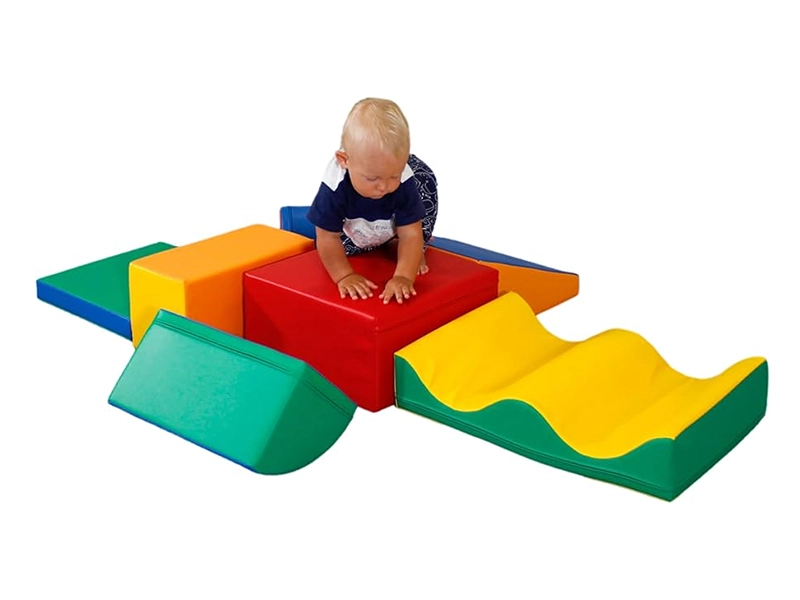
Activity Tables

Soft Play Blocks

Climbing Structures
How to Choose the Right Soft Play Equipment?
When selecting soft play equipment, it’s essential to consider several factors to ensure the right fit for your space and the children using it.
Age Group and Developmental Needs:The first step in selecting soft play equipment is understanding the age group of the children who will be using it. Different age groups require different designs and features to meet their developmental needs.
Safety and Durability:Safety is the number one concern when choosing soft play equipment. Always ensure that the equipment you select adheres to international safety standards and regulations.
Space and Layout:Before choosing any soft play equipment, carefully measure your available space. Soft play areas should not only fit within the space but also allow for easy movement and access.
Theme and Aesthetic Appeal: The look and feel of the soft play equipment are equally important in attracting children to engage in play. Bright colors, interesting shapes, and themed designs can all enhance the overall atmosphere of the play area.
Budget and Cost Efficiency: Choosing soft play equipment should also take budget constraints into account. While it’s important to invest in high-quality products, it’s also necessary to find a solution that fits within your budget.
- Customization and Design Flexibility: Every educational institution has unique needs and space constraints. That’s why choosing a supplier who offers customizable soft play equipment can be a huge advantage.
Soft Play Center vs Traditional Playground
| Feature | Montessori Mirror | Traditional Mirror |
|---|---|---|
| Safety | Cushioned surfaces, impact-absorbing materials, supervised play. | Hard surfaces, higher risk of injury, less supervision. |
| Weather Dependency | Mostly indoor facilities, making them suitable for all weather conditions. | Outdoor setting, weather-dependent. |
| Age Range | Suitable for younger children (toddler to preschool age). | Suitable for a broader age range, from toddlers to older kids. |
| Physical Activity | Encourages crawling, climbing, and gentle physical play. | Encourages more active play like running, swinging, and climbing. |
| Maintenance | Easy to maintain with washable materials and surfaces. | Requires more frequent maintenance due to weather exposure. |
| Space Efficiency | Compact and adaptable to smaller indoor spaces. | Requires more outdoor space, often large in scale. |
| Supervision | Easier to supervise children in a controlled environment. | Harder to monitor in open outdoor spaces. |
| Developmental Benefits | Focus on motor skills, coordination, sensory play, and safe exploration. | Focus on physical strength, balance, and outdoor exploration. |
| Cost | Higher initial setup cost for indoor equipment and maintenance. | Lower setup cost but may require ongoing investment for upkeep. |
Soft Play Center vs Traditional Playground
When setting up soft play areas, the age of the children using the space is one of the most important factors to consider. Soft play equipment should be tailored to the developmental stages and physical abilities of different age groups, ensuring that each child is safe and engaging.

Soft Play for Infants (0-2 Years)
Soft play areas should focus on basic sensory and motor skills development for infants. At this stage, children are just beginning to explore their surroundings and gain control over their body movements. The soft play equipment should be simple, safe, and easy for them to interact with.
Recommended Equipment:
- Soft Mats and Cushions: Soft mats provide a safe space for babies to crawl, roll, and explore. These mats can be arranged in various configurations to stimulate and encourage movement.
- Tummy Time Pads: These are designed for infants to practice lifting their heads, helping strengthen neck and shoulder muscles.
- Crawl Tunnels: Lightweight, soft tunnels encourage crawling and promote physical activity, developing coordination and strength in babies.
- Sensory Play: Textured cushions or soft play blocks with different colors and patterns can stimulate visual and tactile development.

Soft Play for Toddlers (2-4 Years)
As toddlers begin to develop better coordination, balance, and agility, soft play areas should include equipment that promotes climbing, jumping, and basic problem-solving. At this stage, toddlers are becoming more social and enjoy interactive play, which can help with cognitive and social development.
Recommended Equipment:
- Climbing Structures: Soft, low climbing structures such as ramps or small hills can help toddlers develop strength and coordination while providing a sense of achievement.
- Mini Slides: Slides made from soft, padded materials provide a fun way for toddlers to practice balance and coordination while ensuring their safety.
- Interactive Play Panels: Panels with buttons, textures, and colors can engage toddlers and promote sensory learning and exploration.
- Crawl and Jump Areas: Areas where toddlers can jump or roll are great for developing motor skills and spatial awareness.

Soft Play for Preschoolers (4-6 Years)
Preschoolers are rapidly developing their motor skills, social abilities, and cognitive functions. As they grow more confident, soft play equipment can include more complex structures that challenge them physically and mentally. At this stage, children are also more likely to engage in imaginative play, so incorporating open-ended designs is important.
Recommended Equipment:
- Obstacle Courses: Simple obstacle courses with ramps, tunnels, and soft barriers challenge preschoolers to think strategically while developing agility, strength, and spatial awareness.
- Climbing Walls: Low, padded climbing walls or soft climbing features can help preschoolers work on their upper body strength and coordination.
- Multi-Level Play Areas: Play structures with multiple levels allow preschoolers to explore different heights and spaces, improving coordination and encouraging imaginative play.
- Interactive Playhouses: These can include soft playhouses with built-in tunnels, slides, and climbing areas, offering endless opportunities for pretend play.
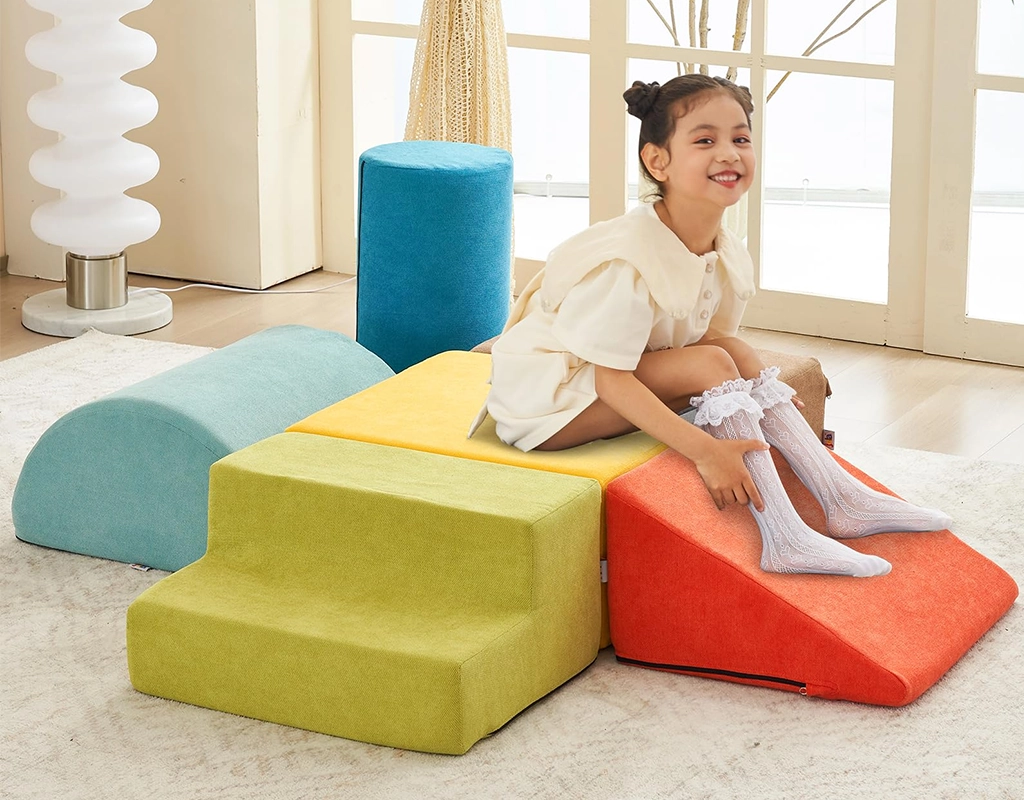
Soft Play for Older Children (6+ Years)
As children grow older, their physical abilities and need for more challenging play activities increase. For children over the age of six, soft play areas can offer more advanced equipment that challenges both their physical and cognitive abilities. This group also begins to engage in more organized group play, which helps with social development.
Recommended Equipment:
- Advanced Climbing Structures: Taller climbing walls, ladders, and nets provide a greater challenge and promote endurance, strength, and problem-solving.
- Balance Beams: Low balance beams can help improve stability and coordination while encouraging children to push themselves physically.
- Multi-Use Play Zones: These zones allow children to engage in different activities, such as running, jumping, or crawling, fostering agility, flexibility, and creativity.
- Group Play Areas: Large soft play spaces with interactive elements like swings, spinning discs, or group climbing areas can foster cooperative play and social skills.
Guidelines for Setting up a Soft Play Center
Setting up a soft play center requires thoughtful planning to ensure the space is safe, engaging, and efficient. Here are some essential guidelines to consider when setting up your soft play center:
Space Planning and Layout:
- Maximize the Space: Ensure the area is large enough to accommodate various types of soft play equipment, such as ball pits, climbing blocks, tunnels, and mats. Create a layout that allows for easy movement and supervision.
- Zoning: Designate different zones for various activities (e.g., a climbing zone, a crawling area, a ball pit zone). This will help organize the space and provide children with different play experiences.
Safety Features and Materials:
- Soft Flooring: Install soft play mats or cushioned flooring throughout the center to minimize the risk of injury. Ensure the flooring is non-slip, shock-absorbent, and easy to clean.
- Safe Equipment: Choose equipment made from non-toxic, durable materials like foam, vinyl, and rubber. Ensure all equipment is rounded at the edges to avoid sharp corners.
- Barriers and Gates: Use soft play gates or fences to define the play area and keep children safe from wandering. Make sure these are easy to access for both children and supervising adults.
Proper Supervision and Staffing:
- Staffing: Employ trained staff to supervise children and maintain a safe play environment. Ensure staff members are knowledgeable about child safety and first aid.
- Visibility: Ensure staff can easily see all areas of the soft play center, even from a distance. You can achieve this by strategically placing open spaces or transparent barriers.
Accessibility:
- Ensure the center is accessible to all children, including those with disabilities. Consider adding ramps, wider doorways, and sensory play equipment to accommodate children with special needs.
Choose Age-Appropriate Equipment:
- Consider the age range of the children who will use the space. Soft play mats, toddler climbing blocks, and foam toys are ideal for younger children. For older children, you can include more challenging items such as slides, tunnels, and larger climbing structures.
- Separation by Age: To ensure safety, consider having separate play areas for different age groups, such as a toddler soft play area and a children’s soft play area.
Cleanliness and Maintenance:
- Easy-to-Clean Materials: Select equipment made from materials like vinyl and rubber, which are easy to wipe down and sanitize.
- Routine Cleaning: Implement a daily cleaning schedule to ensure the play area remains hygienic. This includes cleaning the equipment, floors, and any toys regularly.
- Regular Inspections: Conduct routine checks for wear and tear on the equipment to ensure everything remains in safe working order.
Interactive and Engaging Design:
- Fun Features: Add elements like colorful soft play toys, interactive walls, or themed play areas to make the center more engaging for children.
- Imaginative Play: Incorporate elements that encourage creative play, such as soft play kitchens, soft blocks, and toy sets. These items help children use their creativity while playing.
Comfortable Waiting Area for Parents:
- Create a comfortable waiting area for parents and guardians with seating, refreshments, and clear visibility into the play area. This ensures that parents can relax while keeping an eye on their children.
Safety precautions for soft play areas
Ensuring the safety of children in soft play areas is paramount. Below are key safety precautions to consider when setting up and maintaining a soft play area:
-
Regular Inspections Soft play equipment should be regularly checked for wear and tear, such as loose components, sharp edges, or damaged materials. Inspecting the equipment daily ensures any potential hazards are identified and addressed promptly.
-
Clear Safety Signage Provide clear signage that reminds parents and children of the rules and safety guidelines, such as no rough play, no jumping from heights, and appropriate behavior within the play area. This ensures everyone is aware of the expectations for safe play.
-
Weight and Capacity Limits Soft play equipment should have specified weight and capacity limits to avoid overloading the structure. Adhering to these limits ensures that the equipment remains stable and safe for use.
-
Monitor Children’s Behavior Encourage children to play safely and not engage in rough or risky behavior like climbing on non-climbing equipment, pushing, or shoving. Gentle, respectful play should be emphasized.
-
Exit Routes and Emergency Procedures Ensure that there are marked exit routes and that emergency procedures are in place. In case of an emergency, both staff and visitors should know where exits are located and how to evacuate safely.
-
Cleanliness and Hygiene Regular cleaning and sanitization of the soft play equipment are essential to prevent the spread of germs and bacteria. Surfaces should be wiped down frequently, especially in high-contact areas like foam blocks, mats, and tunnels.
FAQ
What is soft play?
Soft play refers to a safe, cushioned play environment designed for young children to explore, climb, crawl, and develop motor skills. It includes foam-based structures, tunnels, slides, mats, and interactive elements, all made from soft, impact-absorbing materials.
Why is soft play beneficial for children?
Soft play encourages physical development, sensory exploration, balance, coordination, and social interaction in a safe, controlled environment. It also promotes problem-solving, confidence building, and creative play.
Can soft play be used outdoors?
Yes, certain soft play equipment is designed for outdoor use, made from UV-resistant, waterproof, and durable materials. Always check product specifications to ensure suitability for outdoor environments.
How do I clean and maintain soft play equipment?
Wipe surfaces with a mild, child-safe disinfectant daily, and wash removable fabric covers regularly. For commercial setups, deep cleaning should be done weekly or as needed.
Is soft play suitable for children with special needs?
Yes, soft play is often used in sensory therapy for children with autism or other developmental conditions, as it provides a safe, tactile, and engaging environment for exploration and movement.
How can I set up a soft play area at home?
To set up a soft play area at home, start by assessing the available space and selecting suitable cushioned flooring or foam mats to ensure safety. Then, choose age-appropriate soft play equipment, such as crawling tunnels, slides, and foam blocks, to promote physical activity and coordination. To enhance the play experience, incorporate colorful, sensory toys, and make sure the area is kept clean and well-maintained. Finally, regularly check the equipment’s safety to ensure that your child can have fun while staying safe.
What age group is soft play suitable for?
Soft play is typically designed for children aged 6 months to 6 years, though some larger structures accommodate older kids. Always check the recommended age range for specific play areas or equipment.
Can soft play be customized?
Yes, soft play areas can definitely be customized to suit your specific needs and preferences. Many suppliers offer customizable soft play equipment, allowing you to select the size, color, design, and type of equipment that best fits your space and the age of the children who will use it. You can choose from various elements like foam blocks, tunnels, slides, and climbing structures, and even incorporate educational features like shapes, numbers, or textures. Customization ensures that the soft play area not only meets safety standards but also complements the aesthetic and functional requirements of your home or facility.

